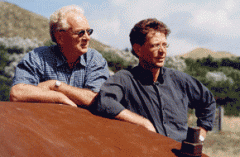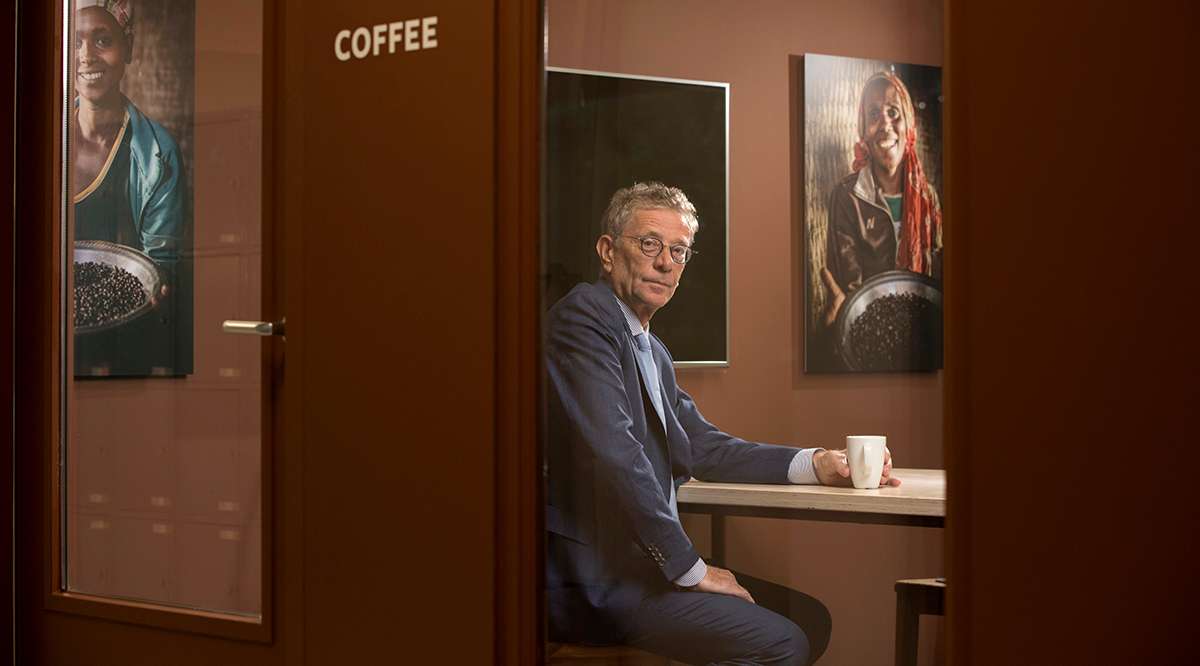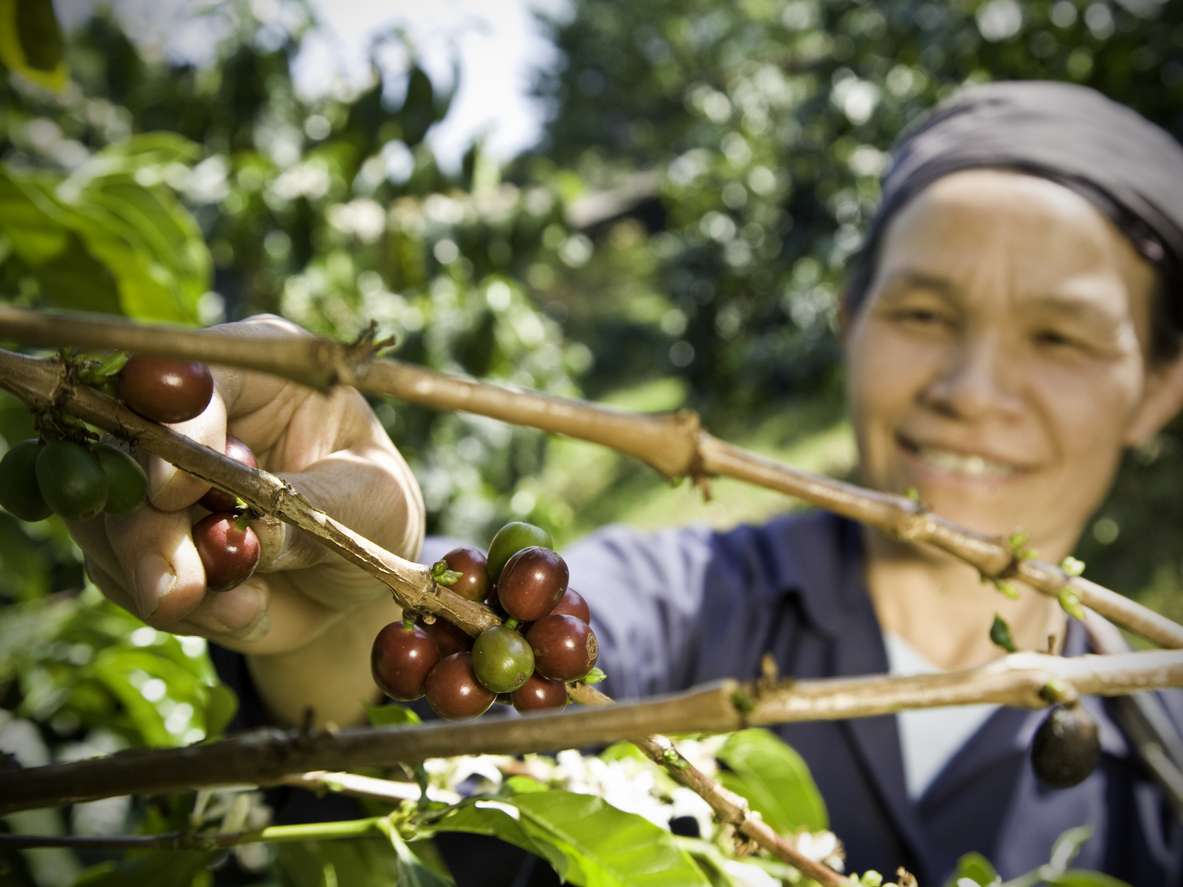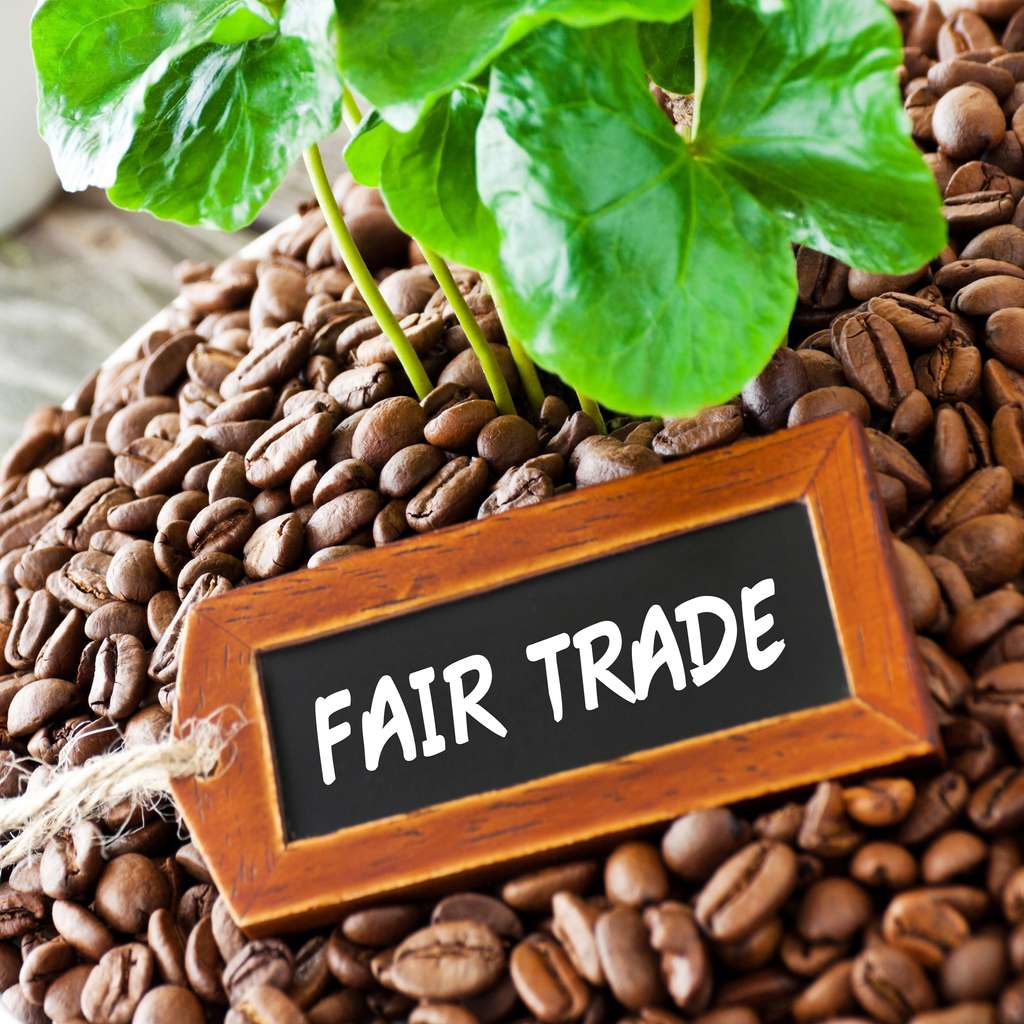The importance for consumers in having “guidelines” when buying products is growing rapidly. Already before the outbreak of COVID-19, the consumer trends for organic and fair trade products has been growing constantly.
But especially when it comes to fair trade, there are still many controversies and open questions. Let’s have a look at the history of fair trade practices, how they evolved and what the founder of Fair trade USA, Nico Roozen, says about the future possibilities of a fair trade.
The history of fair trade
After the Second World War, various religious movements and catholic groups have become active in creating a fair chain of sourcing products from countries of the Southern hemisphere of the world. At the beginning, the main sold products were hand made, artisanal products coming from the Southern hemisphere of the world and being sold in churches or during charity events.

During the 60s the fair trade movement then evolved, becoming a sort of political action more connected to being against the neo-imperialism of the post-colonial times. In 1965, the Oxfam “Helping-by-selling” was the first organization to be founded as an alternative trade movement. In those years, fair trade in coffee also started booming seeing many people sell beans from Angola and Nicaragua in shops, behind churches and anywhere possible.
Although world wide movements in the Northern hemisphere singularly supported the sales of fair trade products, the main problem was that these products were always available only locally and in small shops.
Fairtrade International
The necessity of bringing fair trade handled products to the main consumer markets, brought the Dutch priest Frans van der Hoff, together with Nico Roozen, to a first substantial change in 1988, when they registered the first fair trade certification called Max Havelaar.

Their aim was to secure small farmers a steady income by sending their coffees to a cooperative in the countries of origin and importing them through their the dutch importation company Van Weely. This activity was so successful, that they decided to extend it to further products such as cotton, cocoa, sugar by also founding the Fairtrade International, with products arriving from South America, Africa and Asia.
Only many years after the individual national fair trade experiences, including the Dutch one of Roozen and Van der Hoff, they decided to unify and give life to an international network.
In 1997 Fairtrade International was born and FAIRTRADE became the registered trademark for products common to all.
For products to be imported by the fair trade organization, the requirements for farmers was to have a production area that didn’t exceed a certain area size and that products were to be made of at least 20% of fair trade produce.
This changed when big companies started understanding the potential of the fair trade strategy which already in the 90s was saving more than 1 million farmers from poverty and seeing growths in consumption volume of 24% every year. This leads us to the next point which focuses on the separation of fair trade USA from Fairtrade International and the growing criticism of the organizational structure.
Fair trade USA and Fairtrade International
In 2011, Fair trade USA separated from Fairtrade International (led by Frans van der Hoff) wanting to apply a different strategy and regulation for applicants in order to include more large-scale farms and make the fair trade certification more accessible to all. Also, the percentage of fair trade certified products was lowered from 20% to 10%.
The profits boomed, arriving to a total of 70$ million with approximately 600 staff members (compared to the 4$ million and 6 staff members of 1989 with Fairtrade International).
The pros of this new strategy:
- Easier accessibility for larger scale farms
- Increase of the market for fair trade products
- Accessibility of lower prices for fair trade products for consumers
- Big companies forced to adapt to fair trade practices
The cons:
- Lowering the percentage of fair trade parts in products to 10% increases the competition for small farmers
- Bad regulations over the margins applied to the end price of consumers and the earnings of farmers
- More advantages for large scale farmers as a possible competition to smaller scale farms
- If fair trade pricing becomes more competitive, sales increase but the impact in terms of poverty reduction will be insignificant
- Lowering of standards might occur due to proliferation of new FT labels
- Producers who join the FT movement are not always the poorest, but those who can meet the market demands and afford the certifications

Interview with the founder
In an interview with Global Coffee Report of December 2019 of Nico Roozen, founder of Fairtrade USA, talks about his long experience in the world of Fairtrade and what he has learnt from it.
In the same interview he also states that “There are two large elephants in the room: persistent low prices for coffee and a small part of the cake for farmers,” Roozen says. “Markets do not offer a fair share and a fair price for coffee farming communities. [These are] well-known issues, but there’s still no effective action to correct it. All economic, social, and ecological challenges for the sector cannot be solved without offering farmers a return on investment and a living income.”
Analyzing the many years of certifications he then comes to stating that “control-based systems don’t have a future and incentive-based solutions do”. He therefore supports the idea of giving farmers premiums to be invested on the structure and organizational aspects of their farm, not on controlling their practices.
But the main problem still lies at the end of the chain. As consumers all agree on the importance of Fair Trade as a system but often don’t transform the ideology to support it.
“Given the industry value of US$200 billion, less than 1 per cent of the total coffee turnover is reinvested in increasing sustainability at the production side of the value chain. Fifty per cent of the industry’s sustainability efforts are paid from consumers through the premiums on certified coffees, and around 20 per cent from donor funding. We have seen the relative share for the farmer and the price of coffee in absolute terms go down,” which is largely attributed to under-consumption, high stock positions, and speculative movement, Roozen says. (Global Coffee Report, gcrmag.com)
Our opinion?
After analyzing all the above points, we still have some difficulties making up our minds over fair trade. We do believe in the importance of a “fairness-in-trade” and the necessity to have transparent collaborations with the producers, but we often ask ourselves if putting a seal onto a product or getting a certification is really the only way to do so.
At Mokaflor we work with importers and traders who can testify a transparency in their importation chain. We also strongly believe in finding direct relations by importing their coffees through smaller and high quality importers, for example Kamba Coffee based in London, UK (importing small farm selected varieties from Brazil and Ethiopia) or the 7 Elements (Permaculture project in Perù) with plantations in Oxapampa and a headquarters in Amsterdam, NL.
We also believe that with the development of new technologies and communication, such as the iFinca App, recently launched to connect farmers to the entire coffee supply chain, it will hopefully become easier to communicate with producers even in the most remote coffee regions of the world.
The importance of consumers
But what we believe is even most important is: informing the consumers. Only by teaching those who buy and drink our coffee, about the difference a high quality makes not only in taste but also for the people behind this product, will they be willing to pay a higher price for the product they buy.
Further to communicating these principles to our clients through our packaging, website and social media channels, we also aim to do this with our courses at Espresso Academy. Our trainers and partners of the affiliated schools worldwide, teach their students about the difference a high quality makes in coffee, not only for its taste but for the influence it has on everyone’s lives.


